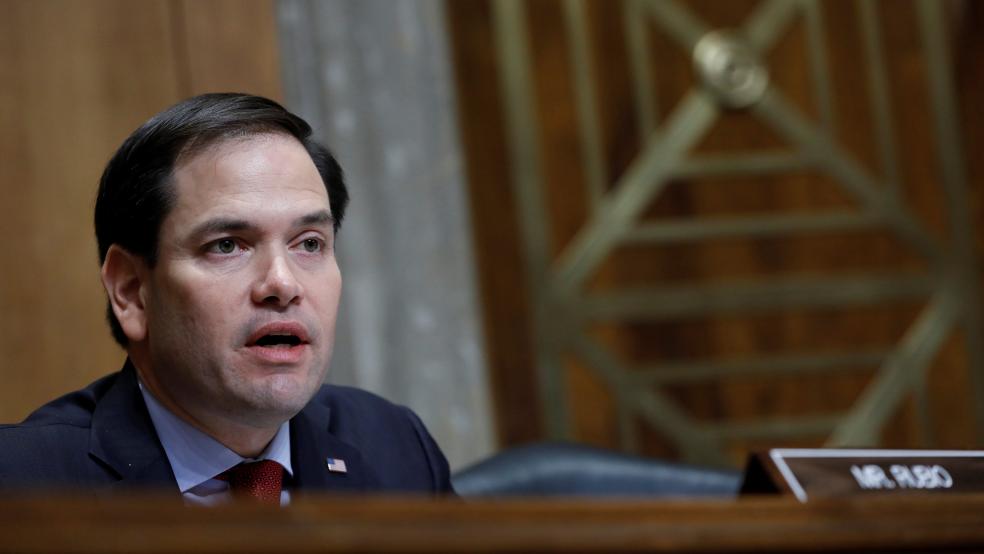WASHINGTON (Reuters) - The U.S. budget deficit will grow sharply to $544 billion in 2016 after six years of declines, largely because of permanent tax breaks that Congress passed late last year, the Congressional Budget Office said on Tuesday.
The new projection makes it harder for Republicans who control Congress to demonstrate election-year fiscal restraint. Meeting past goals of passing a budget that reaches a surplus in 10 years would now require deeper cuts to politically sensitive benefits programs and perhaps military spending.The non-partisan CBO said the fiscal 2016 deficit will swell by 2.9 percent of U.S. economic output from $439 billion in fiscal 2015. The deficit peaked at about $1.4 trillion in 2009 during the deepest recession since the 1930s.The projected fiscal 2016 deficit is $130 billion higher than the CBO's last estimate for this year made in August 2015, a forecast based on tax and spending laws then on the books and an expectation faster U.S. growth would bring in more revenues.Since then, Congress passed a year-end spending bill that included making permanent and expanding several major temporary tax breaks for businesses and individuals, including credits for research and development expenses, families with children and the working poor.The CBO's preliminary estimates, which start Washington's annual budgeting process, also show that deficits will grow steadily over the next decade, reaching $1.37 trillion, or 4.9 percent of U.S. GDP, in 2026. This is due to costs associated with the rapidly retiring Baby Boom generation and a downgrade in the budget referee office's economic projections.Over the 2016-2025 period, the CBO estimates that the government will add $8.5 trillion to the federal debt, about $1.5 trillion more than its August estimate.CBO said it forecast U.S. real gross domestic product growth this calendar year at 2.7 percent, slowing to 2.5 percent in 2017 and an average of 2.0 percent between 2018 and 2020.It said that after 2018, more older workers would be discouraged from staying in the labor force by current tax policies and health care subsidies available through the Affordable Care Act.The agency is expected to release a more complete budget outlook report next week. (Reporting by David Lawder; Editing by Susan Heavey and Andrew Hay)U.S. tax breaks to increase deficit for first time since 2009: CBO

AARON P. BERNSTEIN



